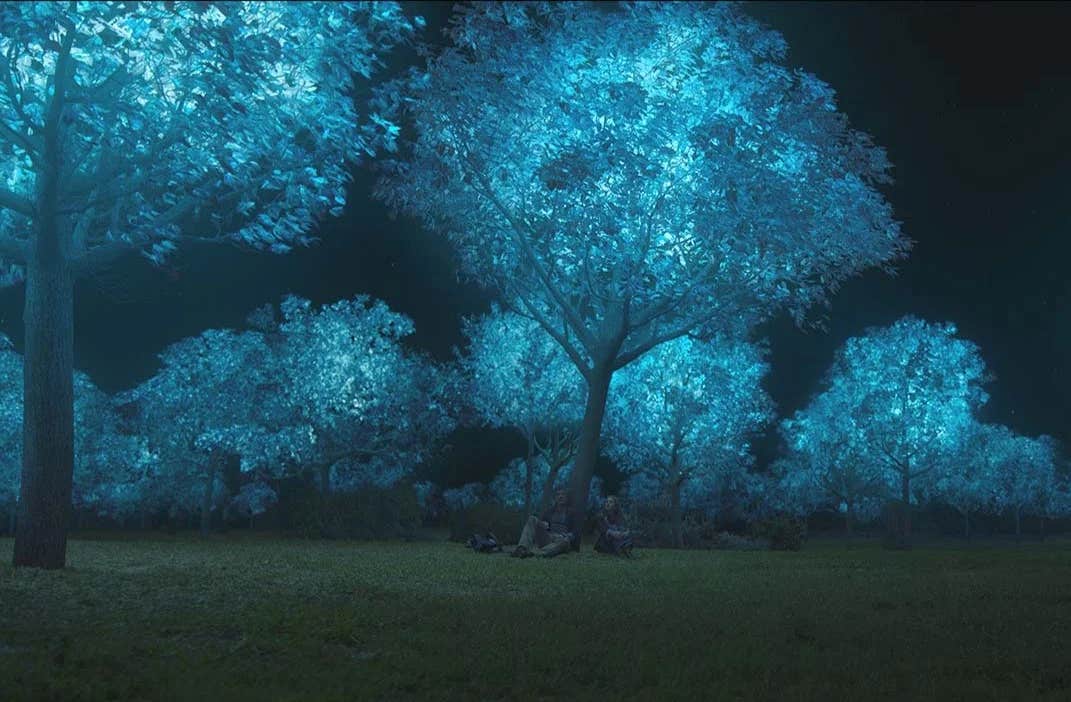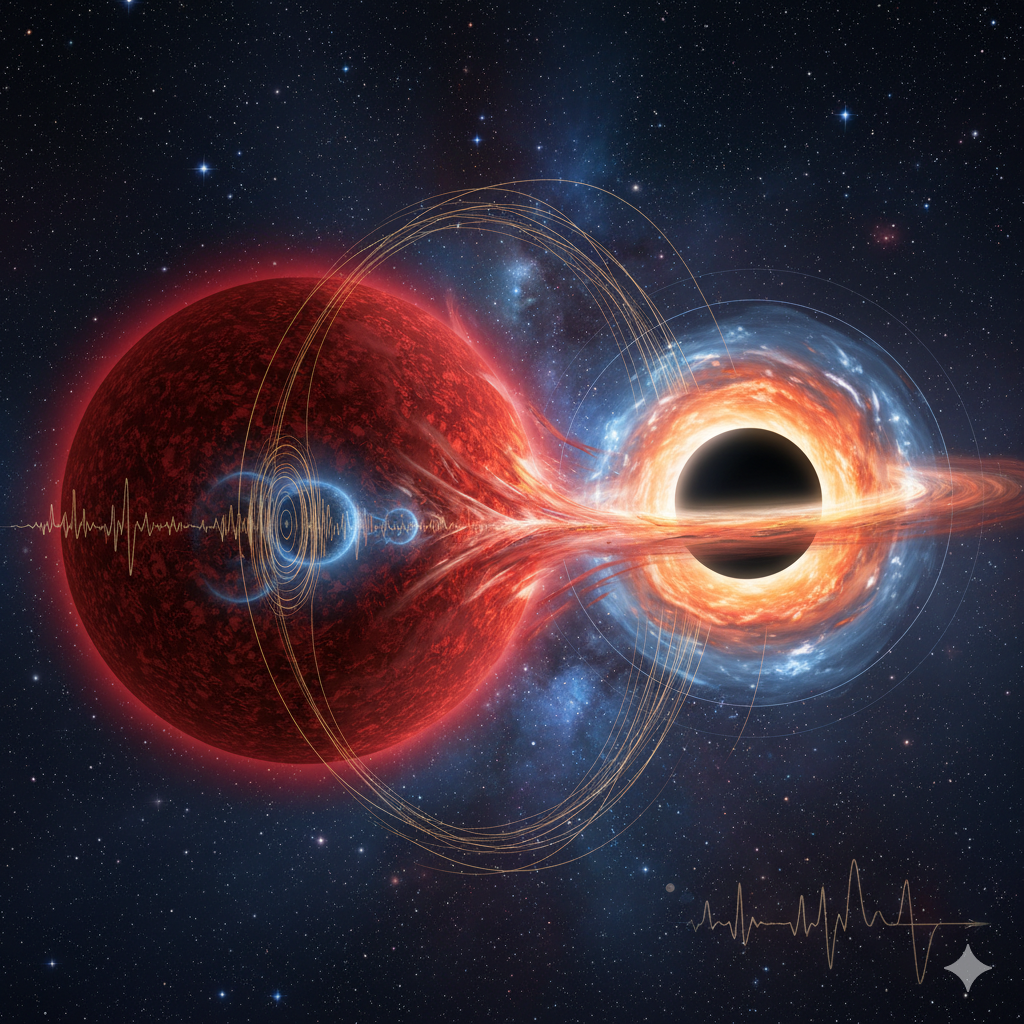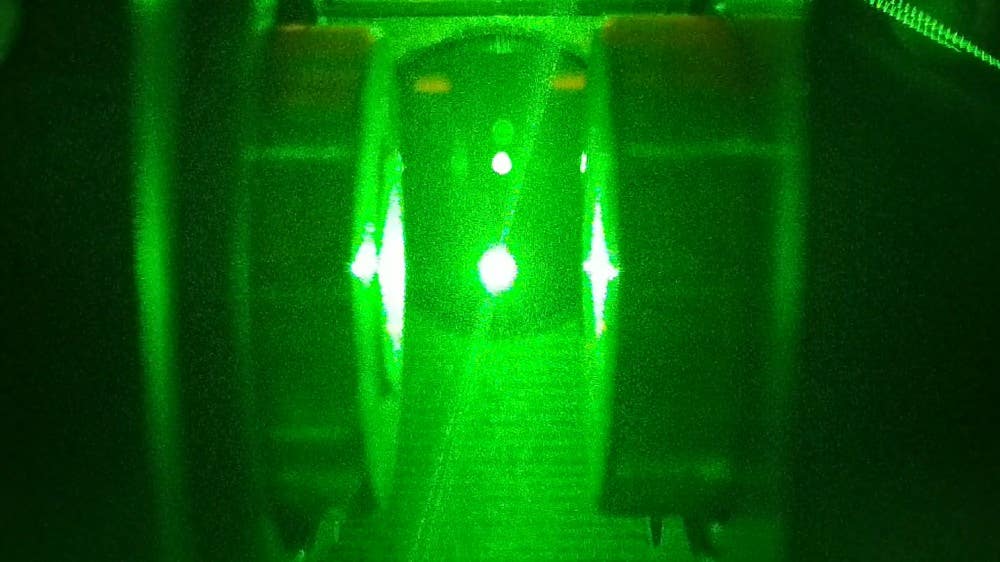MIT is transforming plants into bright, eco-friendly city lights
MIT researchers create rechargeable glowing plants, offering sustainable plant-based lighting alternatives to conventional electric lights.

Plants might replace our current unsustainable urban electrical lighting grid. (CREDIT: CC BY-SA 4.0)
Turning ordinary houseplants into sustainable, glowing lamps may soon become a reality, thanks to groundbreaking research by scientists at MIT. By embedding specialized nanoparticles into plant leaves, researchers have successfully transformed common plants into rechargeable, plant-based lights, significantly advancing the field of sustainable lighting technology.
A Bright Idea: Plants as Sustainable Lights
Every day, millions of electronic devices, built from plastic and circuit boards, become waste. Scientists have searched for innovative ways to create sustainable alternatives. Recently, researchers have turned to living plants for solutions. Unlike traditional plastic-based devices, plants naturally break down, avoiding long-term environmental harm.
Michael Strano, a chemical engineering professor at MIT, leads a team aiming to make plants function as light-emitting devices. "We wanted to create a light-emitting plant with particles that will absorb light, store some of it, and emit it gradually," says Strano. This innovative concept could revolutionize how spaces are illuminated, moving away from traditional electrical systems.
How It Works: The Science of Plant Glow
The secret lies within a plant’s leaf structure. Leaves have specialized layers filled with tiny pores called stomata, which control the flow of air and water. Just beneath the leaf surface is a spongy mesophyll layer, rich with space to store nanoparticles.
MIT scientists infused leaves with microscopic particles of strontium aluminate, a phosphorescent compound often used in glow-in-the-dark paints. These nanoparticles, only about 650 nanometers wide, were coated in silica to protect the plants from damage. Infused through stomata pores, these particles settle evenly across the mesophyll layer, forming a thin film.
When illuminated briefly—just ten seconds—with blue LED lights, these nanoparticles absorb and store energy. Once charged, the plants emit a soft, visible glow lasting for nearly an hour. After the first few vibrant minutes, the glow gently fades but can be quickly recharged repeatedly over weeks, offering a sustainable lighting alternative.
Related Stories
According to MIT's tests, nanoparticle-infused leaves successfully emitted as many as 48 trillion photons per second, significantly outperforming earlier versions of glowing plants. Prior attempts, which utilized enzymes found in fireflies, produced only a dim glow. The new nanoparticle approach provides a brighter, longer-lasting glow that enhances the practicality of plant-based lighting.
Testing Across Species and Durability
To ensure the process works broadly, study researchers tested five different plant species: tobacco, basil, daisies, watercress, and elephant ear plants. Each species was chosen for varying leaf structures, ensuring the method could be widely applied.
During the experiments, scientists measured the plants’ chlorophyll content to confirm they remained healthy. After two weeks and thousands of glow cycles, all plants maintained normal biological functions, demonstrating excellent compatibility. "This film can absorb photons either from sunlight or an LED," explained Pavlo Gordiichuk, the lead author of the study. "We showed that after just 10 seconds of exposure, plants could emit light for about an hour."
The researchers also highlighted the unique ability of plant leaves to hold nanoparticles without negatively affecting their primary functions—photosynthesis and transpiration. Prior studies infused plant tissues with particles but did not fully utilize the leaf's natural photonic properties. The new method leverages the mesophyll’s large surface area to store and gradually release stored light energy, enhancing their photonic potential.
Broader Implications: Reimagining Urban Lighting
This advancement isn't just about glowing plants. It opens the door to broader innovations in sustainable living. Sheila Kennedy, an MIT professor of architecture involved in the research, sees great potential in incorporating plants into future buildings and urban spaces. "Creating ambient light with the renewable chemical energy of living plants is a bold idea," she says. "It represents a fundamental shift in how we think about living plants and electrical energy for lighting."
At a 2019 exhibition at the Smithsonian Institute of Design, MIT researchers showcased these plants' potential. Visitors saw firsthand how a plant-based lighting infrastructure could realistically integrate into everyday life. Using lenses, researchers amplified plant-emitted light across distances greater than a meter, demonstrating practical scalability.
"The Plant Properties exhibition demonstrated a future vision where lighting infrastructure from living plants is integral to spaces where people work and live," Kennedy adds. She emphasizes that this shift could replace current lighting systems, significantly reducing dependence on unsustainable electricity grids.
Extending Nanobionics: Plants with Multiple Functions
This research also illustrates the broader potential of "plant nanobionics," an emerging field blending biology and nanotechnology. Earlier nanobionic approaches transformed plants into environmental sensors and monitors. For example, MIT previously developed spinach plants that detect groundwater contamination by embedding them with carbon nanotubes wrapped in DNA.
Additionally, researchers have explored plant leaves as sensors for temperature and climate conditions. Others have created flexible electronic sensors attached to leaves to monitor plant growth continuously. But these external approaches lacked the deeper integration seen in the current research.
By embedding nanoparticles inside leaf tissue, scientists achieved superior functionality. This method enables plants to serve as real-time reporters for environmental factors or as carriers for targeted genetic modifications. These innovations reveal that plant nanobionics could transform plants into versatile living technologies capable of performing various beneficial tasks.
Future Directions and Sustainability Goals
The MIT team's ultimate goal is not just glowing plants but a complete rethink of how devices and structures interact sustainably with their environments. As research progresses, scientists hope to refine these methods further, enhancing brightness, duration, and the range of plant functionalities.
Researchers envision future cities where plant-based lights illuminate homes, offices, and streets. Such advancements could reduce waste significantly, minimize environmental pollution, and contribute to healthier, greener urban spaces. In this scenario, plants wouldn't just be decorative; they would actively enhance quality of life.
As Kennedy aptly describes, "If living plants could be the starting point of advanced technology, plants might replace our current unsustainable urban electrical lighting grid for the mutual benefit of all plant-dependent species—including people."
By pioneering this new intersection between biology and technology, MIT researchers are creating a more sustainable and environmentally friendly future. This innovative approach redefines the relationship between humans, technology, and the natural world, offering a glimpse into a brighter, greener future powered by plants.
Research findings are available online in the journal Science Advances.
Note: The article above provided above by The Brighter Side of News.
Like these kind of feel good stories? Get The Brighter Side of News' newsletter.



